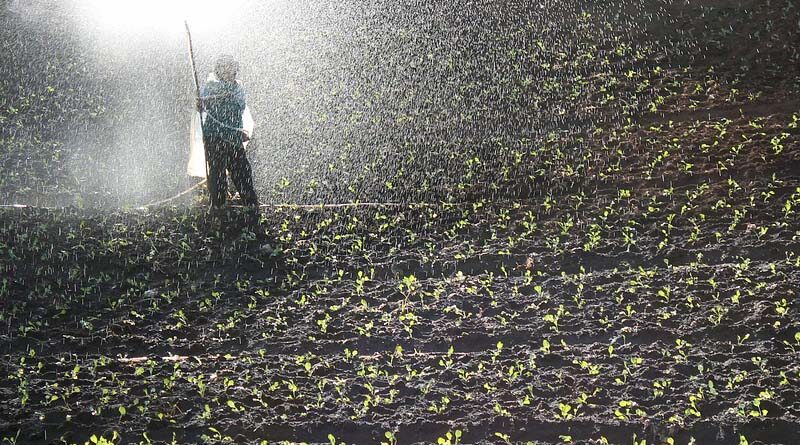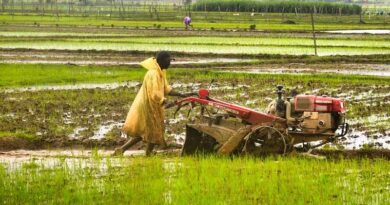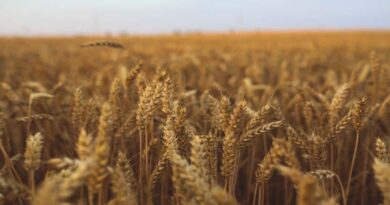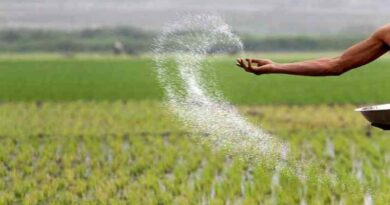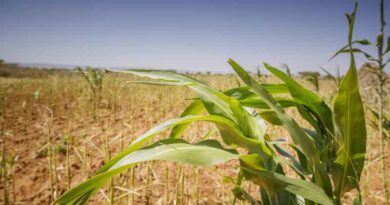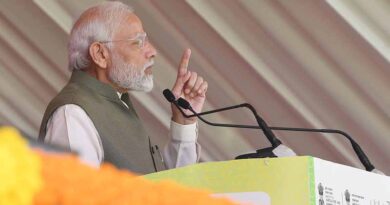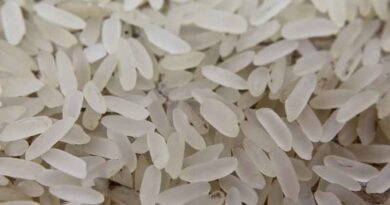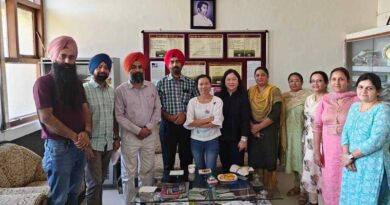Major reforms in Indian fertilizer sector in last 5 years
18 December 2021, New Delhi: The Government has introduced Direct Benefit Transfer (DBT) system in Fertilizers w.e.f. October 2016 and the Pan-India Roll out has been completed by March, 2018. Under the fertilizer DBT system, 100% subsidy on various fertilizer grades is released to the fertilizer companies on the basis of actual sales made by the retailers to the beneficiaries. Sale of all subsidized fertilizers to farmers/buyers is made through Point of Sale (PoS) devices installed at each retailer shop and the beneficiaries are identified through Aadhaar Card, KCC, Voter Identity Card etc. Further, the Government incorporates new and innovative fertilizers from time to time in Fertilizer Control Order-1985 (FCO). Recently, Nano urea and bio-stimulants have been incorporated in FCO.
The Government of India (GOI) introduced New Urea Policy-2015 (NUP-2015) on 25th May 2015 with the objectives of maximizing indigenous urea production, promoting energy efficiency in urea production and rationalizing subsidy burden on the Government for 25 existing gas based units. As per provisions of the NUP-2015, the energy norms of the all the urea units had been revised for the year 2015-16 (from 1st June 2015 onwards), 2016-17 and 2017-18. Further, the units were categorized into 3 groups and each group was given target energy norm from 2018-2019. Due to energy efficiency, consumption of energy by the units have decreased resulting into overall saving in the subsidy outgo on the urea production.
Further, the GOI encourages balance use of fertilizer in conjunction with bio fertilisers and organic fertilizers on soil test based recommendation. The GOI has implemented Soil Health Card (SHC) scheme which not only give details of soil fertility status but also recommends the crop wise dosage of nutrients to be applied. Further, the GOI encourages the efficient use of fertilizers and have included neem coated urea in FCO. Neem coated urea has higher efficiency over plain urea. This may help in reducing both air and water pollution.
The Government has taken views of stakeholders/farmers during its third party evaluation for the continuation of Nutrient Based Subsidy (NBS) scheme and Urea Subsidy Scheme. Likewise, the Govt. has included Potash Derived from Molasses (PDM) under the NBS scheme and has consulted stakeholders to formulate its guidelines. Thus, wherever possible, Govt. has been taken views of States/Stakeholder/farmers.
Also Read: No Crop insurance for horticulture farmers of Madhya Pradesh for last 2 years

